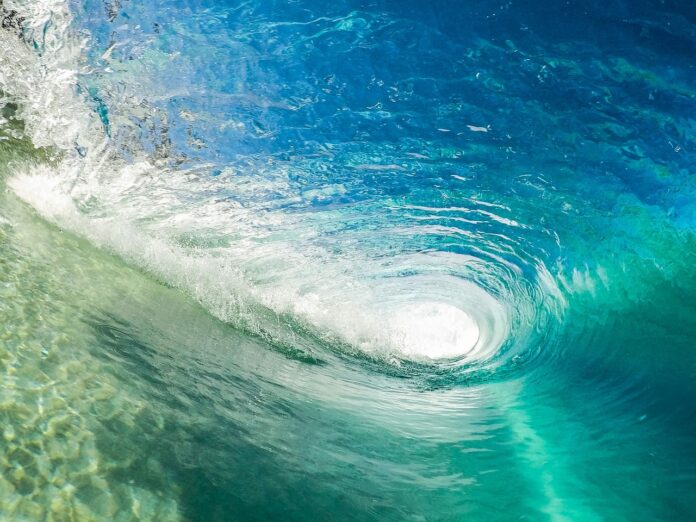There are known cases where a sinking ship created a whirlpool that sucked people in. Why does this happen?
It is believed that when a ship sinks, it creates a vortex that drags people to the bottom. But in reality, this happens very rarely, and even during the sinking of the Titanic, this effect was not observed.
Shipwrecks are large-scale and terrifying disasters that can take the lives of thousands of people at once. This is especially true in situations where the ship is in the open cold sea at night and begins to sink. In such cases, the only way to survive is to get into a lifeboat. Once in the water, people face several dangers at once—from cold water to a vortex that can form due to the ship sinking underwater.
We have previously written about whirlpools and mentioned that even fairly large vortices created by powerful currents are unlikely to sink a large ship. But what if the ship is already sinking and rapidly submerging—can the water flows filling the entire space of the ship and ultimately collapsing above it create a vortex that drags people to the bottom?
In reality, the likelihood of such a vortex occurring is extremely small and depends on many factors. One of them is the amount of air inside the ship. The more compartments a ship has, the more air will escape during flooding. This slows down the rate of sinking and stops the water flows that would otherwise rush towards each other and create a whirlpool.
For example, according to eyewitness accounts, even the Titanic did not create a vortex during its sinking, despite the fact that at the very end it was submerging very quickly. This is explained by the fact that the air escaping from the ship’s compartments prevented the water flows from converging over the ship and creating a whirlpool.
In episode 15 of season 1 of “MythBusters,” the hosts decided to test the possibility of a vortex appearing on a rusty barge they called “Mythtanic.” But, alas, they did not see any vortex and did not even feel like they were being pulled under by the ship
